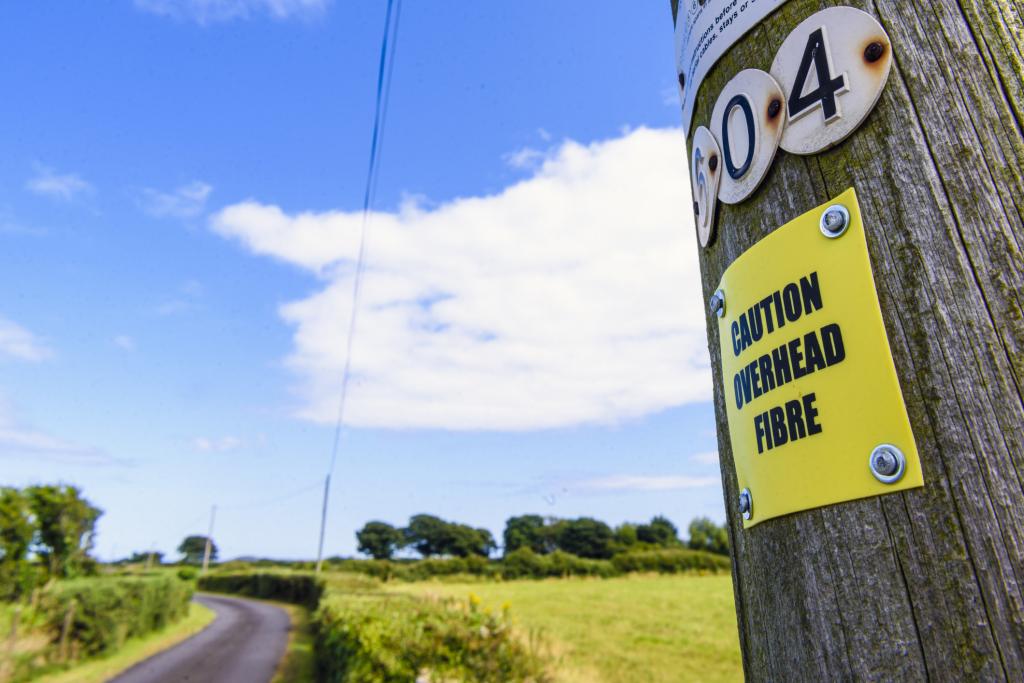
Is the lease on your telephone mast coming up for renewal? Here are the changes you need to know about.
The Electronic Communications Code, which governs the rights and responsibilities of telecommunications operators when installing equipment and carrying out other activities on other people’s land, has now been in force for five years.
In the context of the fast-changing world of telecommunications and the surrounding law, over five years is a very long time, and a lot has happened in the intervening period. The Code was widely seen as not working as was intended to deliver the fast roll out of high quality electronic communications services because of the number of disputes arising under it and the time it was taking to deliver new or renewed agreements. Therefore, it has been substantially amended first by the Telecommunications Infrastructure (Leasehold Property) Act 2021, which came into force on 26 December 2022 and, second, by the Product Security and Telecommunications Infrastructure Act 2022, which received Royal Assent in December 2022 and is already partially in force. Finally, there have been numerous reported cases about the interpretation of the Code, including decisions of the Court of Appeal and Supreme Court. A number of these cases have concerned telecommunications masts in rural areas.
You may ask what relevance this has to you, and it could well be an issue that has not troubled you to date. However, owners of rural land and their professional advisors are very likely to have to deal with telecommunications apparatus at some stage, most likely in the form of the installation of new masts or other telecommunications equipment, or the renewal of agreements for existing facilities. If those issues seem familiar, you need to be aware of the Electronic Communications Code.
What is the Code?
The Electronic Communications Code regulates the rights and powers of telecommunications operators to install, keep, upgrade and replace telecommunications on land.
What are the current Code rights?
Under Part 1 of the Code, a “Code right” is defined as being a right for an operator to carry out various activities on someone’s land for the statutory purposes of providing an operator’s network or a telecommunications infrastructure system. Those activities include:
- Installing and keeping installed electronic communications apparatus on, over or under land;
- Inspecting, maintaining, repairing, altering, upgrading, or operating the electronic communications apparatus on, over or under land, or entering land and carrying out works in connection with these activities in respect of apparatus on over or under land or elsewhere;
- Carrying out any works for, or in connection with, the installation of electronic communications apparatus on, over or under land or elsewhere;
- Connecting to a power supply;
- Interfering or obstructing a means of access to or from land, whether or not the electronic communications apparatus is on that land (although only if the occupier of any other land is bound by a Code right);
- Lopping or cutting back trees or vegetation that interferes, or may, or will interfere with, electronic communications apparatus.
- Under Part 4 of the Code, if an operator requires a person (i.e. a landowner of tenant) to grant a Code right and the parties are unable to reach agreement, the operator may apply to the Upper Tribunal for an order requiring the relevant person to agree to grant that Code right.
Who are the operators?
An ‘operator’ is a person to whom the Code applies, under a direction from Ofcom. Ofcom’s website contains a full list of operators, but the main telecommunications providers such as BT, EE, Vodafone, O2 etc are all ‘operators’.
Why is the Code significant?
The Code gives operators significant powers to install equipment, even in the face of staunch opposition from the owners of the affected land. Various Upper Tribunal cases have tested the powers of operators to enter land to survey and install equipment, and only in limited circumstances can a landowner successfully oppose the operators. The Upper Tribunal can impose agreements and the level of consideration (rent) and compensation awarded is limited. In deciding whether to impose an agreement, the Tribunal is required to balance the “public interest in access to a choice of high quality electronic communications services” against the rights of private land owners.
However, the policy behind the Code is that the government has put the public interest ahead of private property rights, and the balance of power under the Code is very much in favour of telecommunications operators.
It is also very difficult to force the removal of operators’ equipment once agreements end. Operators enjoy statutory protection and have the right to renew their agreements. There are only limited grounds to terminate an operator’s agreement.
What are the proposed changes in the Product Security and Telecommunications Infrastructure Act 2022?
Part 2 of the Act will make significant changes to the Code. Parts of it came into force in February, and the most recent changes came into force on 17 April 2023. Further sections will come into force in due course.
The Act aims to encourage faster and more collaborative negotiations for the installation and maintenance of telecoms equipment on private land. The Government says this would help ensure the efficient roll-out of digital infrastructure such as gigabit-broadband and 5G.
The main changes the Act will make include:
- New provisions to actively encourage alternative dispute resolution rather than legal proceedings where possible;
- Introducing a faster procedure to allow telecoms operators to get temporary rights to access and install infrastructure on land when an occupier is unresponsive;
- Giving telecoms operators rights to automatically upgrade and share equipment that was installed before 2017;
- Changes to the drafting of the Code to clarify who can grant rights to host infrastructure on land in cases where infrastructure is already installed;
- Changes to the terms for renewing certain types of telecoms agreements that were in place before December 2017;
- Allowing a time period to be set for the court to resolve disputes on the renewal of Code agreements; and
- Changes to what can be sought as temporary, interim orders while a telecoms infrastructure agreement is being renewed (for example, access rights in addition to rent payments).
- Importantly, changes to the calculation of rents under the Landlord and Tenant Act 1954 on renewal of business leases of land used for hosting electronic communications equipment to align with the basis of calculation of payments under the Code. When in force, this is likely to mean lower rents for leases renewed under the Landlord and Tenant Act 1954 than may currently be achieved.
Telecoms operators and site providers had opposing views on most of the above changes, with telecoms operators agreeing that changes should be made and most site providers disagreeing. Given the government’s levelling up agenda relies heavily on the roll out of 5G and superfast broadband, many of these changes strengthen the hand of telecommunications operators further still.
Conclusion
Many landowners (especially those with property close to main roads and railways) are likely to be concerned with telecommunications apparatus at some stage. Even if the Code and related legislation are not mentioned when you receive correspondence or requests from telecommunications operators, the Code will be relevant and it will be important to carefully consider what is being requested and whether you may be granting Code rights.
Although it generally is not possible to refuse grant Code rights to operators, there is much that can be done to limit the extent of those rights and to reduce their impact on your property.
If you have further enquiries regarding the Electronic Communications Code please feel free to contact our Property Litigation team.
